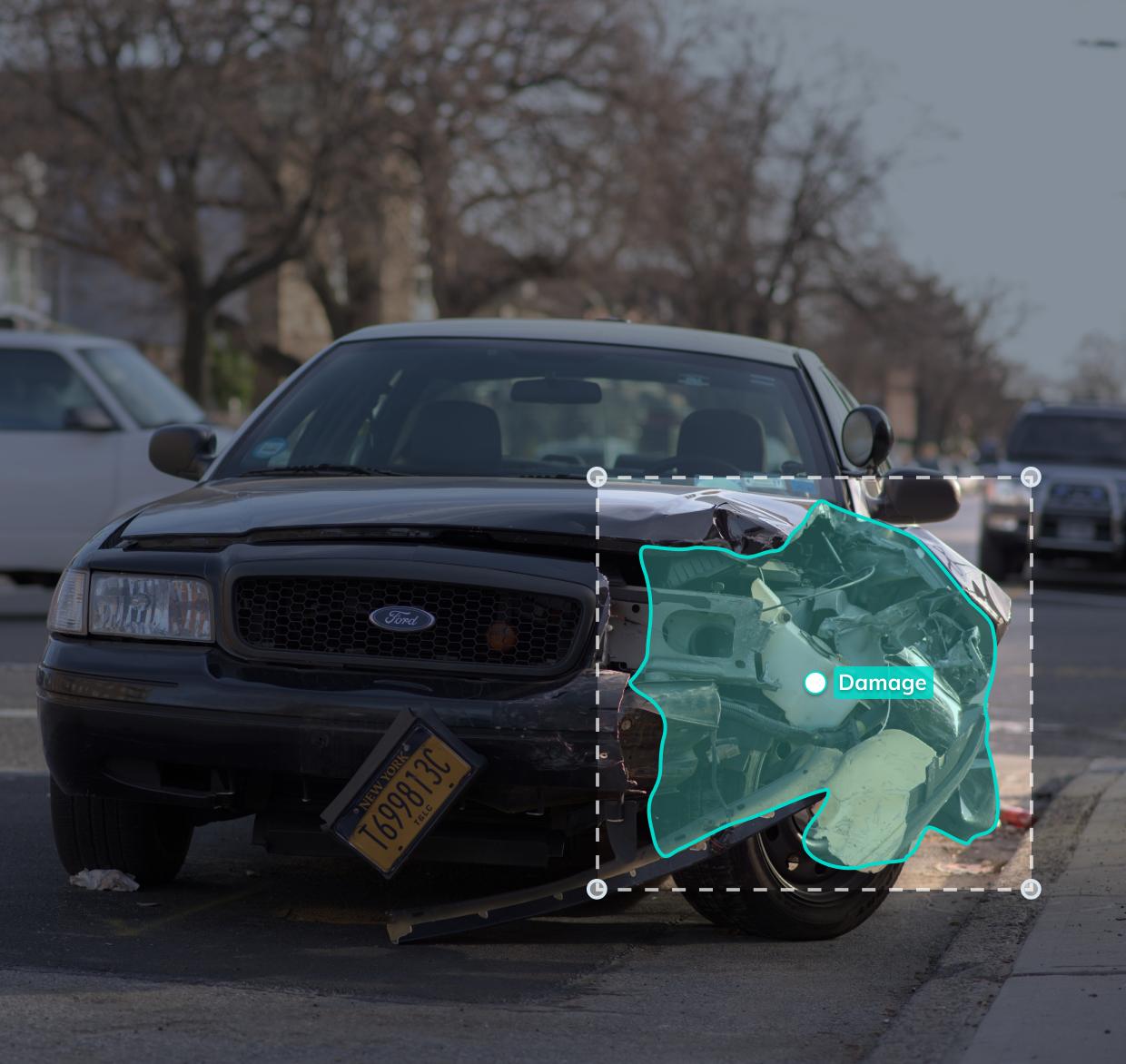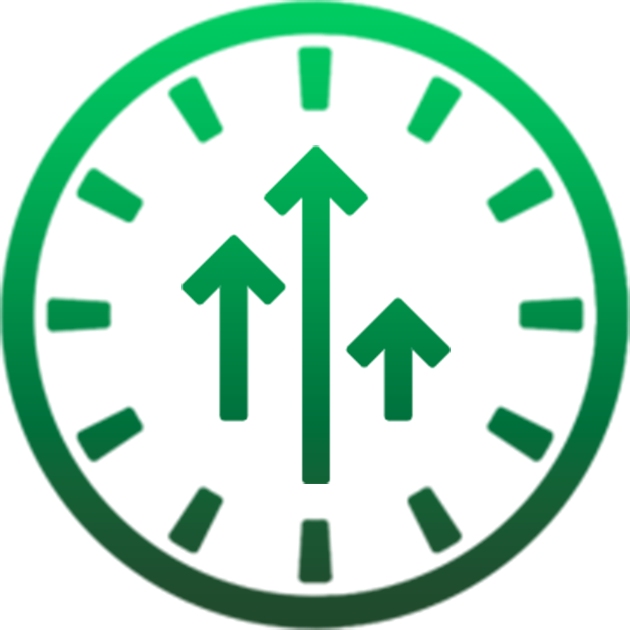
Recursive neural networks (RNNs) are deep neural networks that are built by applying the same weights to input structures in a recursive fashion. These neural systems can learn to predict the data set's output based on its structure. Recursive networks can make structured predictions but also predict scalar values based on input.
Structure
A recursive, hierarchical neural network (RNN), is one type of neural network. It is a kind of network that is effective in natural language processing because it can learn to recognize the structure of a tree by its word embedding and its inputs.
The recursive network framework is able to capture the perceived structure of a problem, and then express this structure in graphical diagrams. The recursive model encodes information fragments using patterns during the recall and learning phases. These fragments must possess specific attributes and can be measured. The patterns also encode the logical relationships between information. These logical relationships can vary depending on the context. The recursive network may interpret events as cooccurrences in a decision-tree analyze.
Functions
A recursive network is a type if neural network that uses learning algorithms for predicting output values. It can process both real and discrete input values, and can also work with any hierarchical structure. This type of network is far more powerful than a typical feedforward one. This article will cover the differences in a recursive and traditional neural network.

A recursive neuronal network has each element characterized by a particular attribute. This attribute must have a measurement. The attributes of information fragments are encoded in patterns that are used during learning and recall. They also encode the logical connections between fragments. These relationships will vary depending on the context where they are used.
Applications
Recursive neural network can be used to solve problems in language processing. Recursive models are able to exploit the geometry of information. This results in substantial increases in information content. Recursive neural network typically employ a stochastic algorithm for learning, which offers a good balance between computational effort and speed.
Recursive neural networks are able to perform analysis by memorizing relationships between data points. A sequence of datapoints has a set order. It is typically time-based. But it could also be based on different criteria. A sequence of stock exchange data may show price permutations over a given time. A recursive neural system can also use a tree-like hierarchy for future events.
Backpropagation
Recursive neural network are networks that learn by recursively applying the same weights to each node. They are a subclass of neural networks and work on directed acyclic Graphs. RNNs serve the primary purpose of learning distributed representations of structure.
The Bayesian network is the underlying concept of recursive neural systems. It implements the idea of recoverability. The typical block diagram of the model shows the unfolding process. The model can be either topologically or geometrically, depending upon the problem.

Recovery
A model used to solve problems that involve pattern recognition is the recursive neuro network. It is highly structured and can understand deep structured information. However, this model has not received widespread acceptance because it is computationally expensive. The most common training method is back-propagation through the structure, but it is notoriously slow, especially at the convergence stage. This problem can be solved by more advanced training methods, which are also not inexpensive.
The recursive neural network framework aims to capture the structure of the problem and express it in the form of a graphical model. The recursive model labels information fragments in graphs and encodes the relationships between them. These logical relationships can be measured and are defined by specific attributes.
FAQ
What is the most recent AI invention
Deep Learning is the newest AI invention. Deep learning is an artificial Intelligence technique that makes use of neural networks (a form of machine learning) in order to perform tasks such speech recognition, image recognition, and natural language process. Google invented it in 2012.
Google recently used deep learning to create an algorithm that can write its code. This was achieved using "Google Brain," a neural network that was trained from a large amount of data gleaned from YouTube videos.
This allowed the system's ability to write programs by itself.
In 2015, IBM announced that they had created a computer program capable of creating music. Music creation is also performed using neural networks. These are called "neural network for music" (NN-FM).
Is there another technology that can compete against AI?
Yes, but it is not yet. Many technologies exist to solve specific problems. All of them cannot match the speed or accuracy that AI offers.
How does AI impact the workplace?
It will change the way we work. We can automate repetitive tasks, which will free up employees to spend their time on more valuable activities.
It will improve customer services and enable businesses to deliver better products.
It will help us predict future trends and potential opportunities.
It will enable companies to gain a competitive disadvantage over their competitors.
Companies that fail AI implementation will lose their competitive edge.
Are there any risks associated with AI?
It is. They always will. AI is seen as a threat to society. Others believe that AI is beneficial and necessary for improving the quality of life.
AI's potential misuse is one of the main concerns. AI could become dangerous if it becomes too powerful. This includes autonomous weapons, robot overlords, and other AI-powered devices.
AI could also replace jobs. Many people are concerned that robots will replace human workers. Some people believe artificial intelligence could allow workers to be more focused on their jobs.
For instance, economists have predicted that automation could increase productivity as well as reduce unemployment.
Which industries use AI the most?
Automotive is one of the first to adopt AI. For example, BMW AG uses AI to diagnose car problems, Ford Motor Company uses AI to develop self-driving cars, and General Motors uses AI to power its autonomous vehicle fleet.
Other AI industries include insurance, banking, healthcare, retail and telecommunications.
AI is useful for what?
Artificial intelligence, a field of computer science, deals with the simulation and manipulation of intelligent behavior in practical applications like robotics, natural language processing, gaming, and so on.
AI is also called machine learning. Machine learning is the study on how machines learn from their environment without any explicitly programmed rules.
There are two main reasons why AI is used:
-
To make our lives easier.
-
To accomplish things more effectively than we could ever do them ourselves.
Self-driving vehicles are a great example. AI is able to take care of driving the car for us.
Statistics
- In the first half of 2017, the company discovered and banned 300,000 terrorist-linked accounts, 95 percent of which were found by non-human, artificially intelligent machines. (builtin.com)
- Additionally, keeping in mind the current crisis, the AI is designed in a manner where it reduces the carbon footprint by 20-40%. (analyticsinsight.net)
- In 2019, AI adoption among large companies increased by 47% compared to 2018, according to the latest Artificial IntelligenceIndex report. (marsner.com)
- A 2021 Pew Research survey revealed that 37 percent of respondents who are more concerned than excited about AI had concerns including job loss, privacy, and AI's potential to “surpass human skills.” (builtin.com)
- By using BrainBox AI, commercial buildings can reduce total energy costs by 25% and improves occupant comfort by 60%. (analyticsinsight.net)
External Links
How To
How to set up Cortana Daily Briefing
Cortana can be used as a digital assistant in Windows 10. It is designed to assist users in finding answers quickly, keeping them informed, and getting things done across their devices.
Setting up a daily briefing will help make your life easier by giving you useful information at any time. The information can include news, weather forecasts or stock prices. Traffic reports and reminders are all acceptable. You can choose what information you want to receive and how often.
Win + I will open Cortana. Scroll down to the bottom until you find the option to disable or enable the daily briefing feature.
Here's how you can customize the daily briefing feature if you have enabled it.
1. Open Cortana.
2. Scroll down to the "My Day" section.
3. Click on the arrow next "Customize My Day."
4. Choose the type information you wish to receive each morning.
5. You can adjust the frequency of the updates.
6. Add or remove items from your shopping list.
7. Keep the changes.
8. Close the app